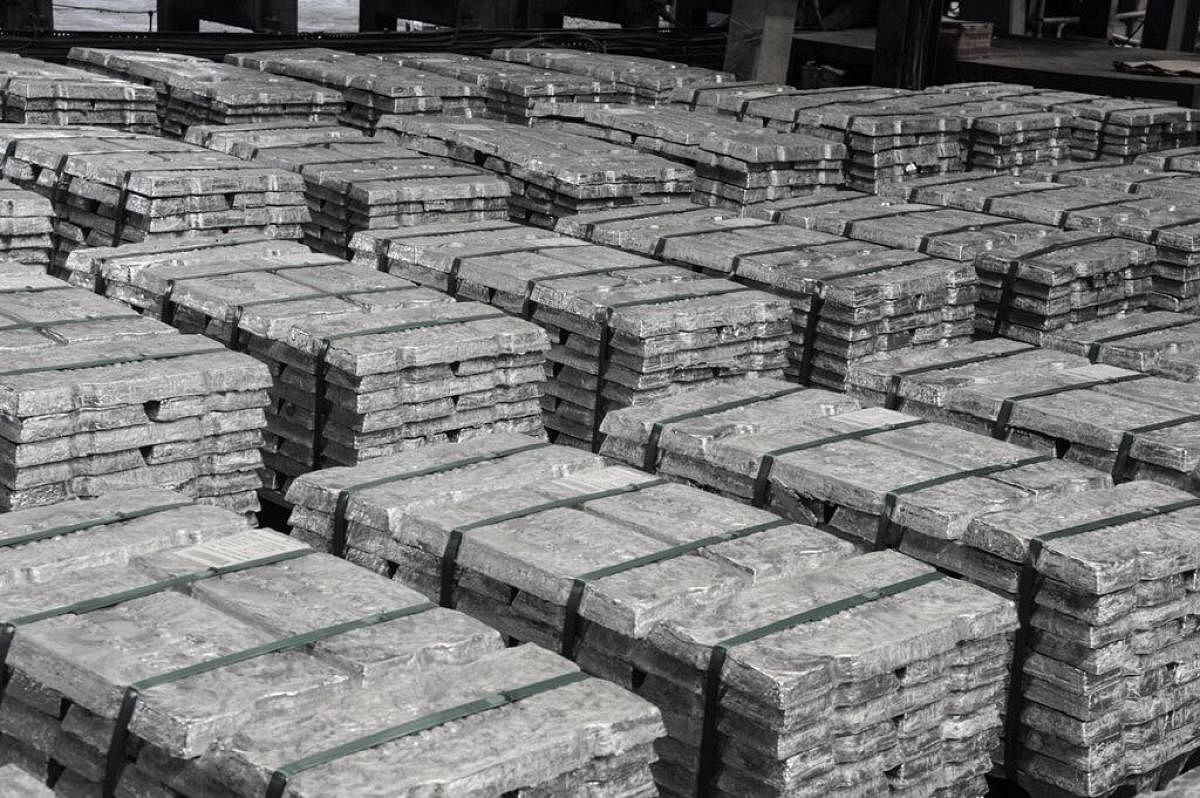
The demand for zinc in India is set to go up 7-8 per cent annually in the coming years with a steady rise in usage of galvanised steel by various sectors, especially railways and infrastructure.
Some of the key sectors such as Indian Railways, passenger carmakers, sanitary ware, solar towers, construction and highways sectors have increased their consumption of galvanised steel in recent years. The Indian Railways, which consumes about 18% of India’s annual steel production, has decided to explore only galvanised steel wherever it is electrifying its tracks. Currently, only 35 per cent of its railway electrification is fitted with galvanised steel and the balance 65% is yet to be galvanised, according to a top official of Hindustan Zinc Limited (HZL), the only integrated producer of Zinc in India.
“In the last 10 years, we have seen a CAGR of 4-5% in the growth of zinc. With the demand for usage of galvanised steel in applications like sanitaryware, automobile, construction in coastal areas and highways, we expect demand for zinc to go up 7-8%,” Sunil Duggal, CEO of Hindustan Zinc (HZL) said.
Hindustan Zinc, the largest producer of zinc in the country with a capacity to produce 1 million tonnes per annum of metal, is expected to increase the output to 1.35 million tonnes on immediate basis in the next few years in order to meet the growing demand for zinc, which is used in the production of galvanised steel in the country.
The company enjoys 85 per cent share in domestic consumption and the balance is exported. While the demand for zinc is around 700,000 tonnes annually, HZL produces 900,000 tonnes annually. India’s galvanised steel production is estimated at 8-9 million tonnes annually and almost all requirement of zinc for galvanisation is supplied by Hindustan Zinc.
Zinc is one of the most sought-after metals in the world and usage of zinc is only going to increase due to its properties to protect steel and build a robust infrastructure. “Rusting and corrosion has brought forward not just safety issues but also recurring maintenance or replacement cost,” Duggal, who is also Vice Chairman of International Zinc Association (IZA) told DH.
Consumption of galvanised steel is increasing globally. Some of the large constructions like Burj Khalifa in Dubai, Opera House in Sydney, Lotus Temple in Delhi and the foundation of Statue of Unity in Gujarat have been built with galvanised steel.
In India as well, the government has a strong focus to build infrastructure that can last for long. Due to severe climate fluctuation, pollution, humidity and exposure, the life of steel is not protected. A pinhole of exposure is enough to cause rusting leading to corrosion later. Indian railways, highways, coastal infrastructure all use steel.
Railways to drive demand
The Railways is the largest consumer of steel but also spends a substantial amount in maintenance and replacement of rails or fishplates due to corrosion.
Now, it is all set to use galvanised steel in future projects. Recently, the railways placed an order with the Steel Authority of India to supply 2,000 tonnes of galvanised steel. Currently, the railways are manually galvanising steel tracks at their plants and looking for a supply of galvanised steel from the steelmakers.
Similarly, the auto sector is getting sensitive to the use of galvanised steel in different parts of the car body. The automobile industry is currently using only 20% galvanised steel in car production, is now increasing it to 70%. Indian car manufacturers are also becoming sensitive to the safety of passengers.
“The coastal structures have tremendous safety issues if during the construction, galvanised TMT rods are rarely used. Once rusted, the TMT expands seven times, leading to cracks in buildings. Once the building cracks, no amount of patchwork can protect the infrastructure. This is the reason that during floods many buildings perish,” Duggal said.
Rapid expansion of capacity
HZL has embarked on an expansion plan involving an investment of $1 billion. It aims to expand the metal production capacity eventually to 1.5 million tonnes and enhance silver production from 700 tonnes to 1,000 tonnes.
“The zinc industry is set to perform well in line with stable demand outlook for the Indian steel industry. Zinc per capita consumption in India is 0.5 kg/ compared with China’s 5.0 kg/capita and the average global consumption of 1.9 kg. The lower per capita zinc consumption in , coupled with government initiatives offers favourable growth potential for the industry,” Care Ratings said in a report.